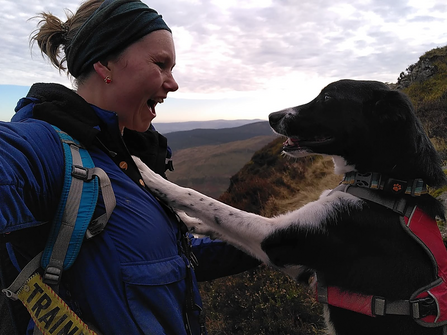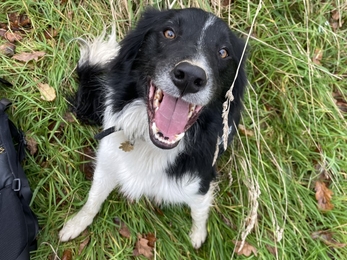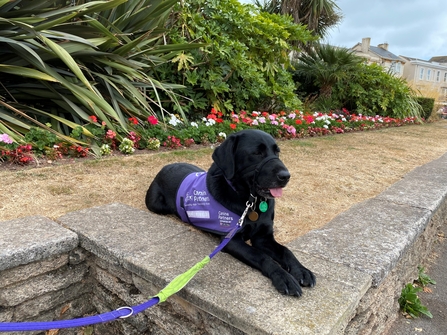Dogs are more popular than ever, with an estimated 34% of UK households giving a dog a home in 2022. All these dogs need fresh air and exercise, which can potentially bring them into conflict with wildlife. Even the friendliest, most gentle dog still looks like a predator to the wildlife that sees it. An encounter with a dog can be hugely stressful for birds, mammals, reptiles, and other animals as well as for the dog itself in some circumstances. Sometimes it can even be fatal.
Loose dogs are one of the biggest causes of wildlife disturbance – this is a particular problem for ground nesting birds such as curlew, corn bunting and skylark. The potential impacts of loose dogs in wild places include trampling nests and scaring adults away from their young. Vulnerable chicks can perish if left alone for too long. Disturbances can also affect feeding and foraging behaviour – wildlife is less likely to breed and feed in areas where dogs are encountered. Dogs can also be a threat to sheep, cows and other grazing livestock, with regular problems reported on land owned by Wildlife Trusts.
Our dogs can also have less direct impacts on the natural world around them. It might seem harmless to leave dog poo in the undergrowth, but it can carry diseases, scare away animals and the extra nutrients this adds to the soil can disrupt nature’s fragile habitat balance, leading to the loss of wildflowers. Leaving bagged dog poo lying around, or even hanging in bushes, is even worse for the environment! Cleaning up after your dog (bag it, bin it or take it away) and keeping them on a short lead on nature reserves and in other vital wildlife habitats can go a long way towards keeping wildlife safe.
The Wildlife Trusts has many dog-lovers so read their stories to find out how they balance their love for nature with the needs of their four-legged friends.





